◂English Language Arts Worksheets and Study Guides Fifth Grade. Summarize
Study Guide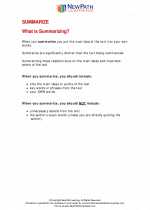 Summarize
Summarize  Activity Lesson
Activity Lesson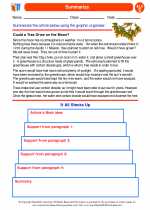 Summarize
Summarize  Worksheet/Answer key
Worksheet/Answer key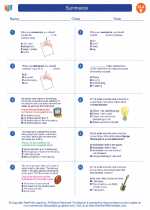 Summarize
Summarize  Worksheet/Answer key
Worksheet/Answer key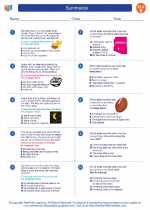 Summarize
Summarize  Worksheet/Answer key
Worksheet/Answer key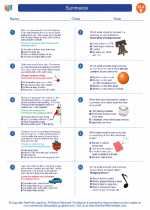 Summarize
Summarize  Worksheet/Answer key
Worksheet/Answer key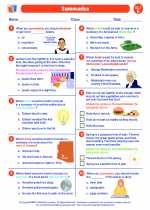 Summarize
Summarize  Worksheet/Answer key
Worksheet/Answer key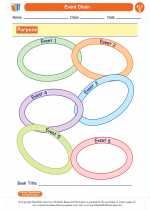 Event Chain
Event Chain  Worksheet/Answer key
Worksheet/Answer key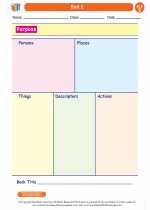 Sort It
Sort It  Worksheet/Answer key
Worksheet/Answer key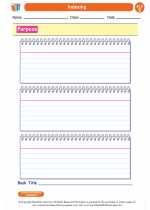 Indexing
Indexing 

 Activity Lesson
Activity Lesson
 Worksheet/Answer key
Worksheet/Answer key
 Worksheet/Answer key
Worksheet/Answer key
 Worksheet/Answer key
Worksheet/Answer key
 Worksheet/Answer key
Worksheet/Answer key
 Worksheet/Answer key
Worksheet/Answer key
 Worksheet/Answer key
Worksheet/Answer key
 Worksheet/Answer key
Worksheet/Answer key

The resources above cover the following skills:
Reading Standards for Literature
Key Ideas and Details
Determine a theme of a story, drama, or poem from details in the text, including how characters in a story or drama respond to challenges or how the speaker in a poem reflects upon a topic; summarize the text. [RL.5.2]
Reading Standards for Informational Text
Key Ideas and Details
Determine two or more main ideas of a text and explain how they are supported by key details; summarize the text. [RI.5.2]
Speaking and Listening Standards
Comprehension and Collaboration
Summarize a written text read aloud or information presented in diverse media and formats, including visually, quantitatively, and orally. [SL.5.2]